- Products
- Categories
- Blog
- Podcast
- Application
- Document
CF2258 Ceramic Fiber Felt
| Catalog No. | CF2258 |
| Size | 900×600×10-100mm or customized |
| Material | Al2O3, SiO2, ZrO2, Fe2O3, Na2O, K2O |
| Appearance | White fiber felt |
Stanford Advanced Materials always uses its experience and expertise to provide the highest quality Ceramic Fiber products. We offer Ceramic Fiber board, paper, blanket, textiles in wide dimensions.
Related products: Ceramic Fiber Board, Ceramic Fiber Paper, Ceramic Fiber, Ceramic Fiber Blanket, Ceramic Fiber Textiles, Ceramic Fiber Profiled, Ceramic Fiber Module.
LATEST RECOMMENDED
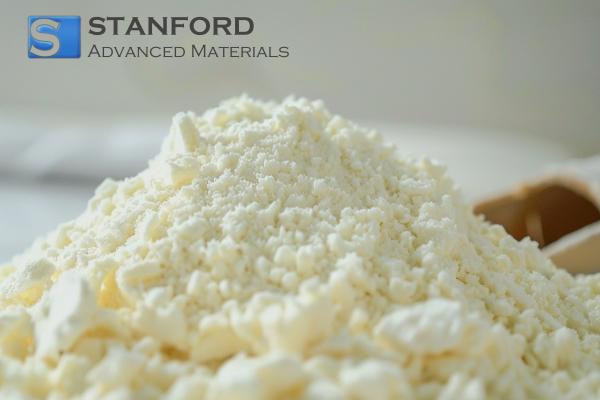

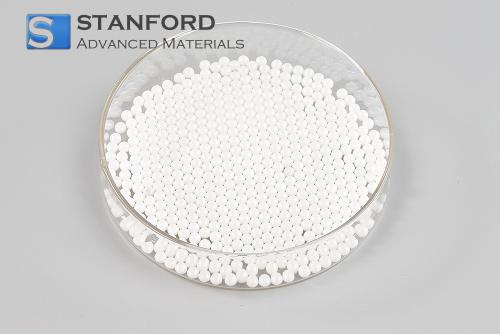
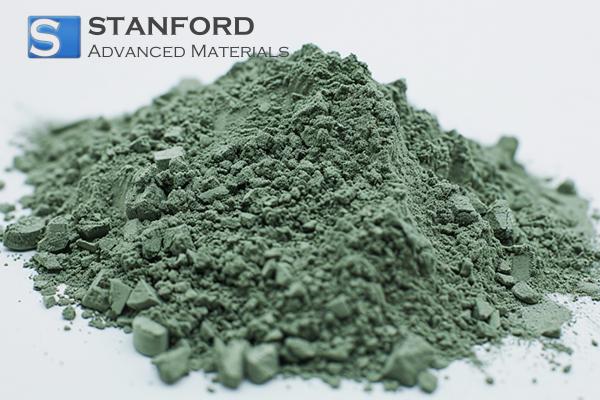
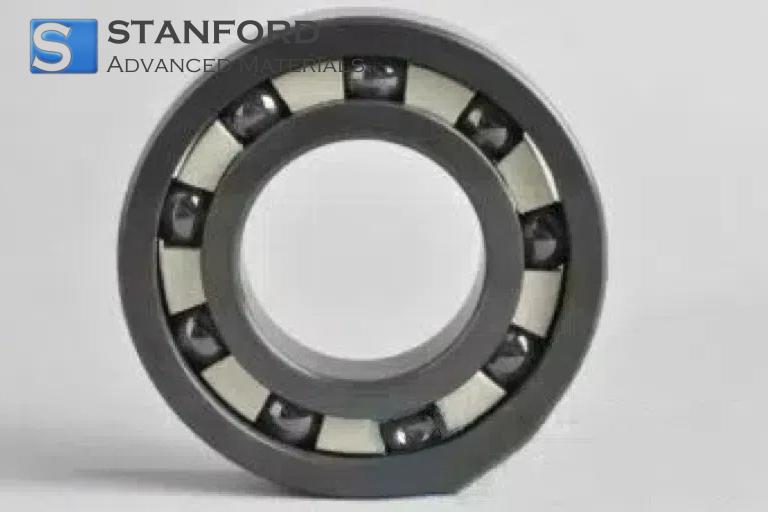
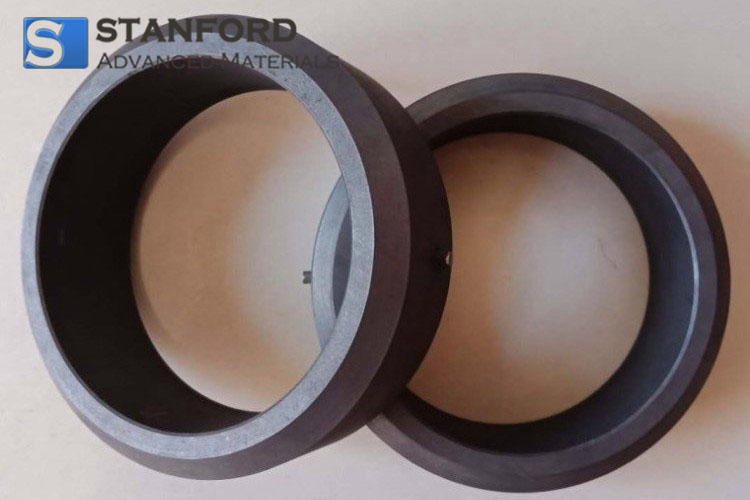

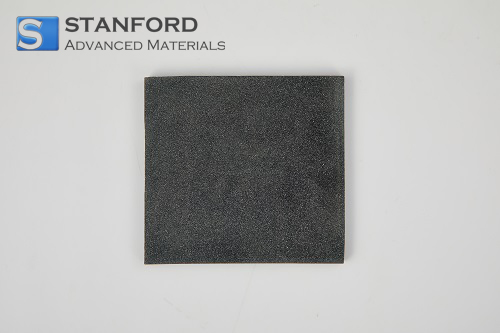
GET A QUOTE
Send us an Inquiry now to find out more Information and the latest prices,thanks!


